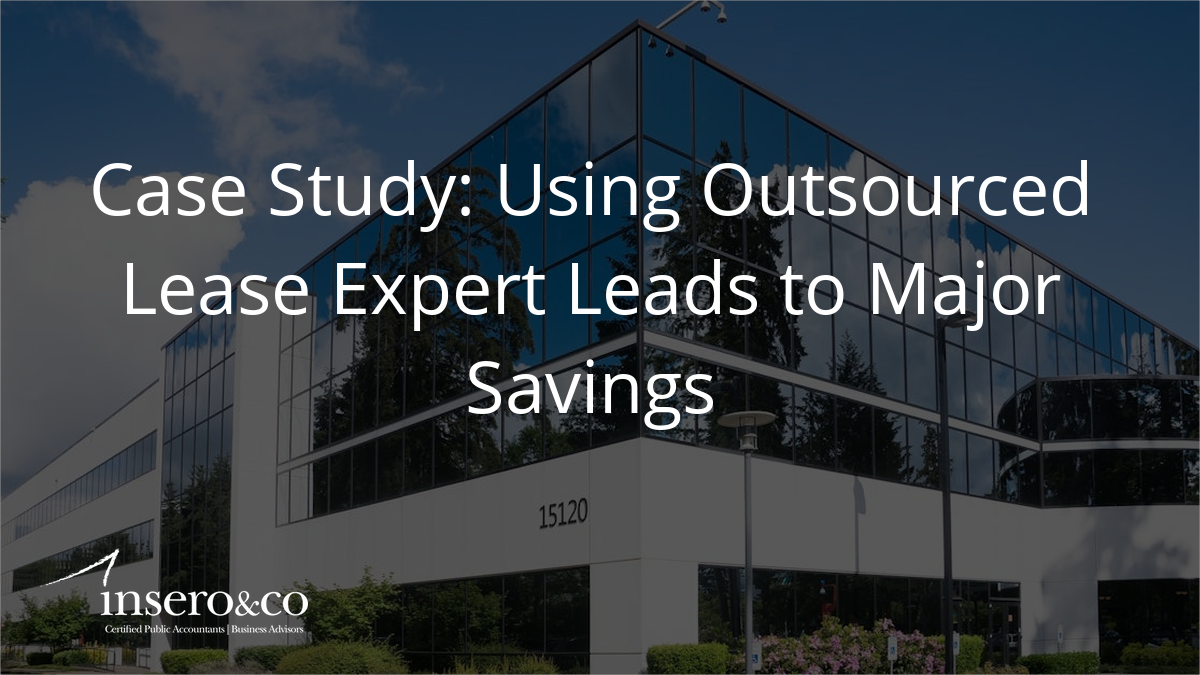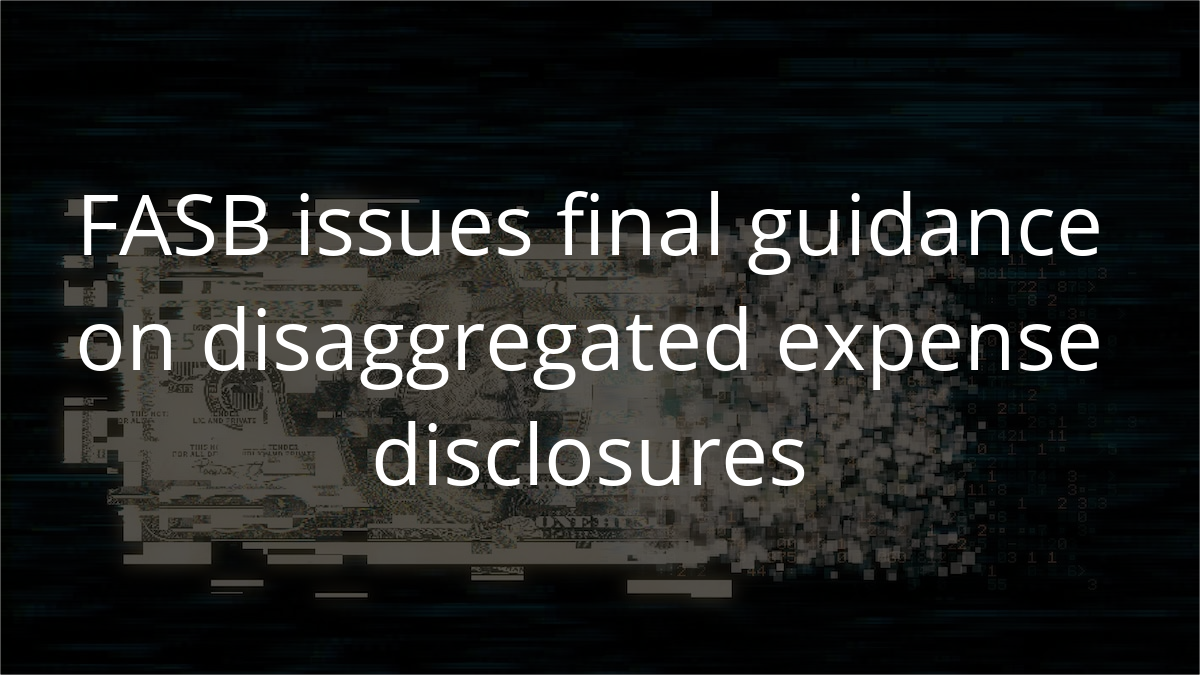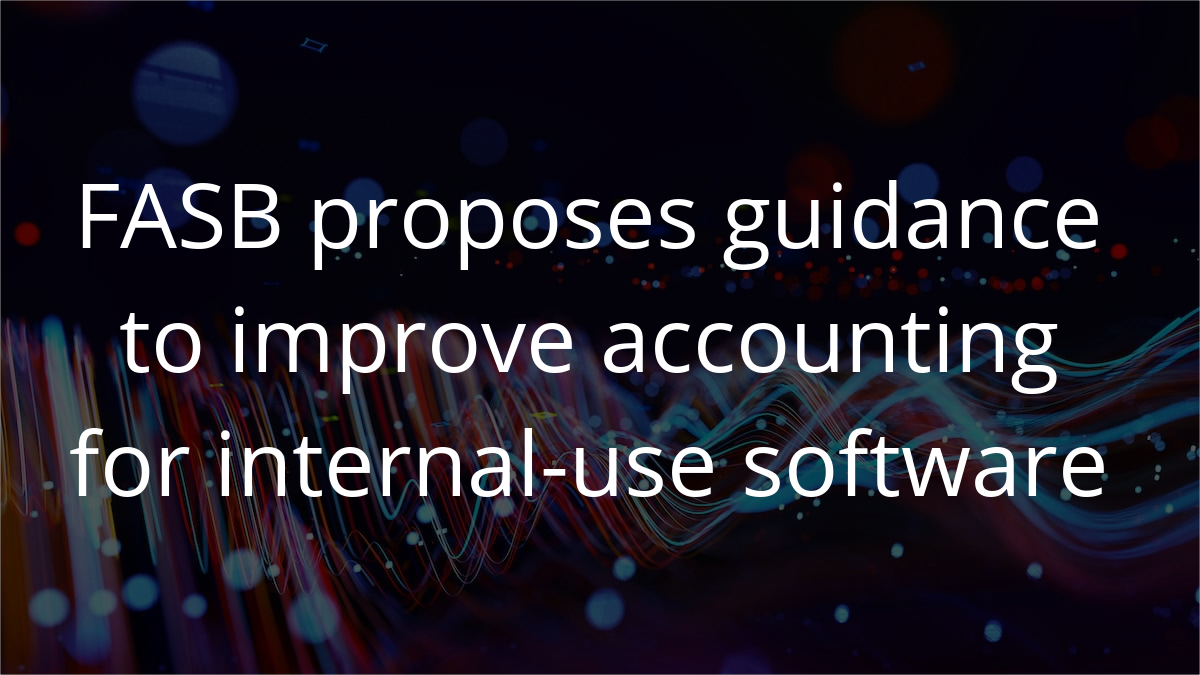ARTICLE | August 07, 2024
The Internal Revenue Service (IRS) has issued final regulations that affect taxpayers who have inherited Individual Retirement Accounts (IRAs) or other defined contribution plans. Aiming to streamline the taxation process and provide clarity to beneficiaries, these regulations, which will take effect in 2025, come as a consequence of the Setting Every Community Up for Retirement Enhancement (SECURE) Act of 2019 and its subsequent amendment, SECURE 2.0.
Historically, beneficiaries of inherited IRAs could stretch out Required Minimum Distributions (RMDs) across their lifetime, a strategy known as stretch IRAs. This approach was particularly beneficial for younger beneficiaries, who could take smaller distributions over decades, deferring taxes while their accounts grew, with the option to extend the deferral by passing the IRA onto future generations.
However, the SECURE Act, enacted in 2019, put a halt to stretch IRAs. The law imposed limitations on which heirs can stretch IRAs to expedite tax collection. These beneficiaries, known as eligible designated beneficiaries (EDBs), must meet specific criteria. They can be surviving spouses, children under the age of majority, individuals with disabilities, chronically ill individuals, or individuals who are no more than 10 years younger than the account owner.
Non-EDBs, known as designated beneficiaries, now have to take the entire balance of the account within 10 years of the account owner’s death. This rule applies regardless of when the account owner died relative to their required beginning date (RBD) for RMDs. The age for RBD, under another law enacted in 2023, increased from 72 to 73, and is set to increase to 75 in 2033.
In February 2022, the IRS issued proposed regulations that suggested designated beneficiaries must take taxable RMDs in the nine years following the account owner’s death, receiving the remaining balance in the tenth year. However, this proposed rule sparked confusion and led to the IRS issuing waivers on enforcement of the 10-year rule. These waivers will cease after 2024 when the final regulations take effect.
The final regulations necessitate that if the account owner had started taking RMDs before their death, the designated beneficiaries must continue to receive annual distributions. However, if the account owner had not started taking RMDs, the beneficiaries are not required to take annual distributions, allowing more room for tax planning, provided the account is fully liquidated within 10 years of the account owner’s death.
Furthermore, the IRS has proposed additional regulations pertaining to other RMD-related changes brought about by SECURE 2.0. These rules address various scenarios, including the purchase of an annuity with part of an employee’s defined contribution plan account, distributions from designated Roth accounts, and spousal elections after a participant’s death, among others.
Beneficiaries must be cautious, as failing to take RMDs can result in penalties. Before 2023, these penalties could reach up to 50% of the undistributed amount. Starting in 2023, the penalty was reduced to 25%, or 10% if a corrective distribution is made in due time.
The IRS’s final regulations on inherited IRAs bring clarity but also underscore the importance of proper financial planning and legal advice. Beneficiaries should familiarize themselves with these rules and consult with tax professionals to ensure they follow the regulations and avoid unnecessary penalties. As the financial landscape continues to evolve, staying informed and proactive is more crucial than ever.
Let’s Talk
Fill out the form below and we’ll get back to you to discuss your specific situation.




